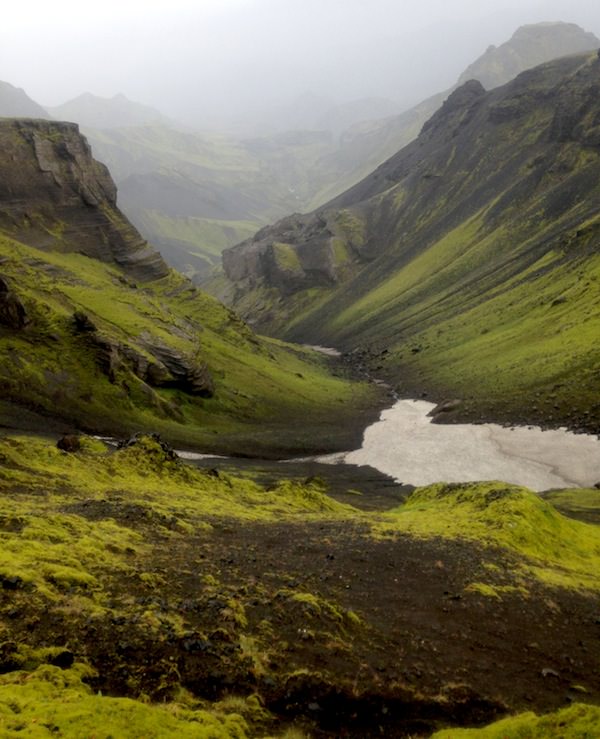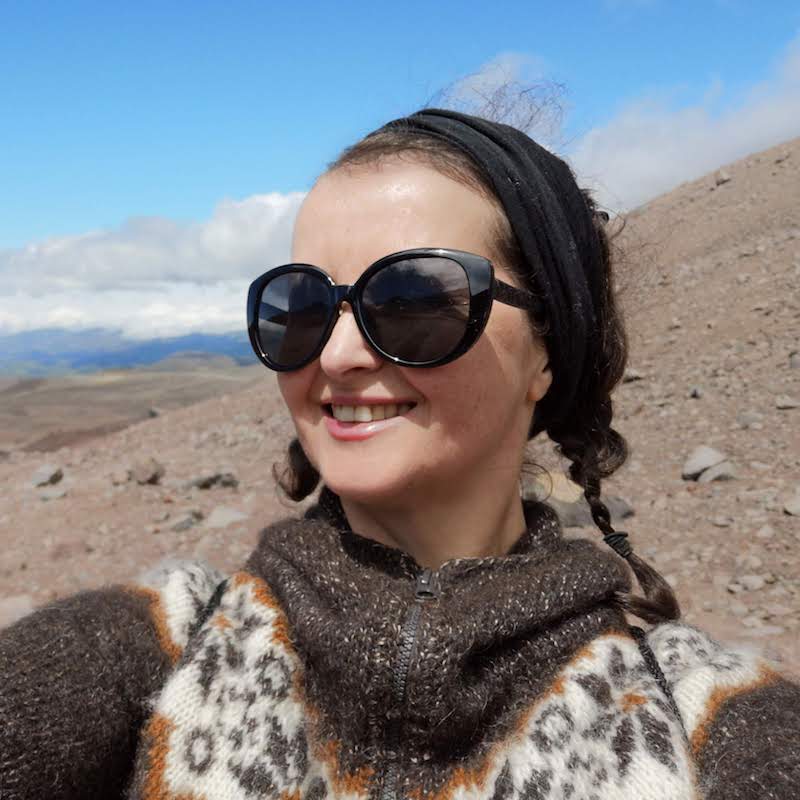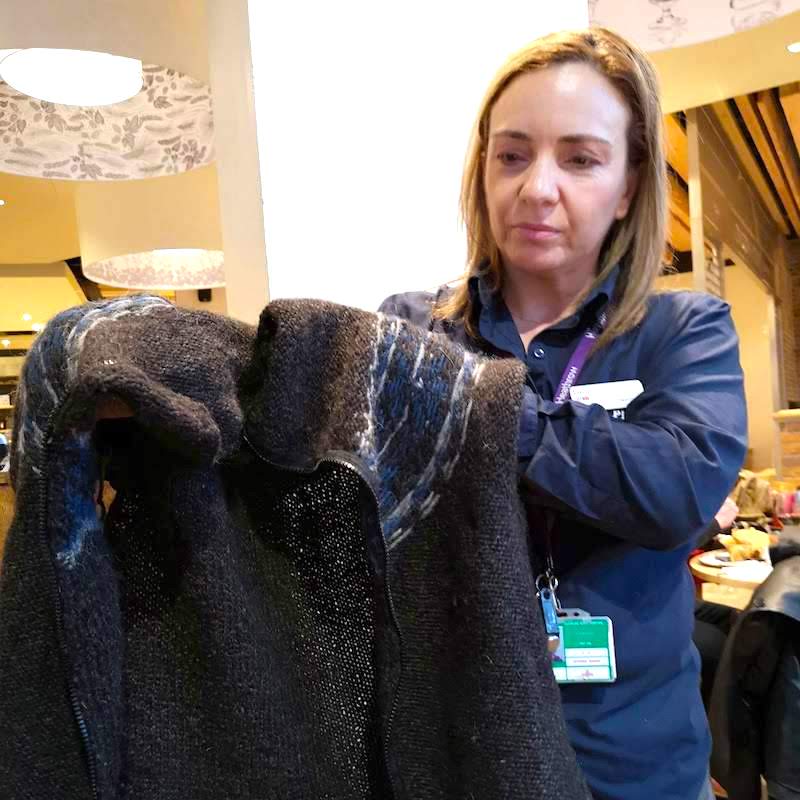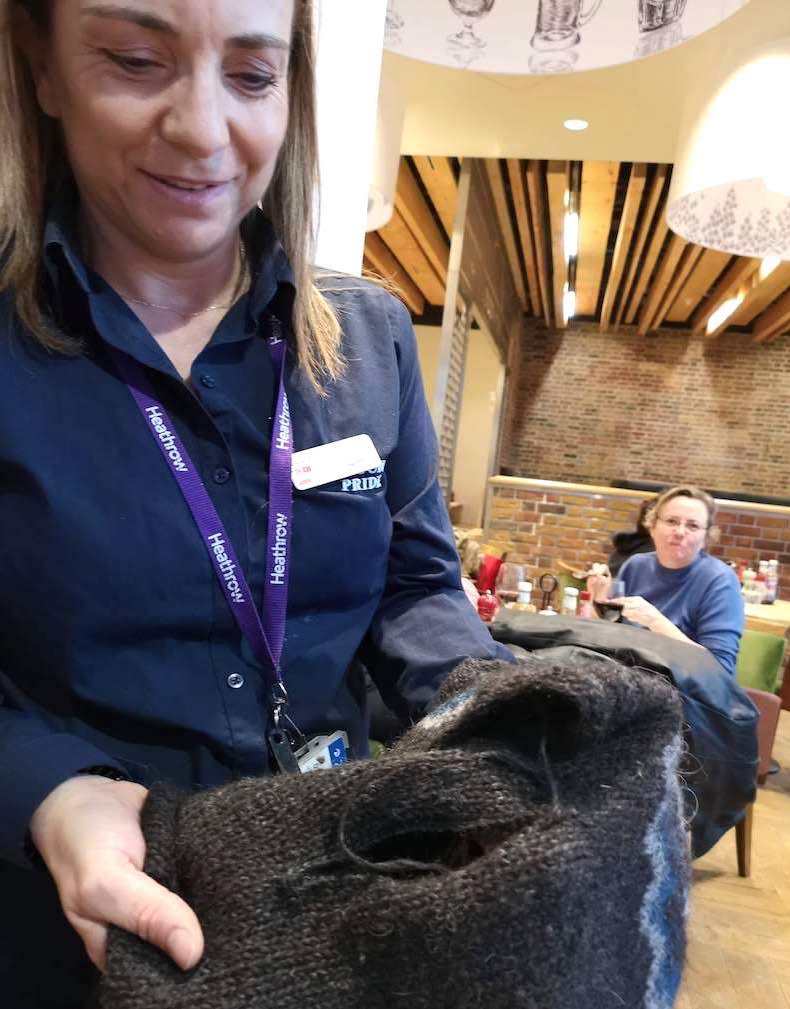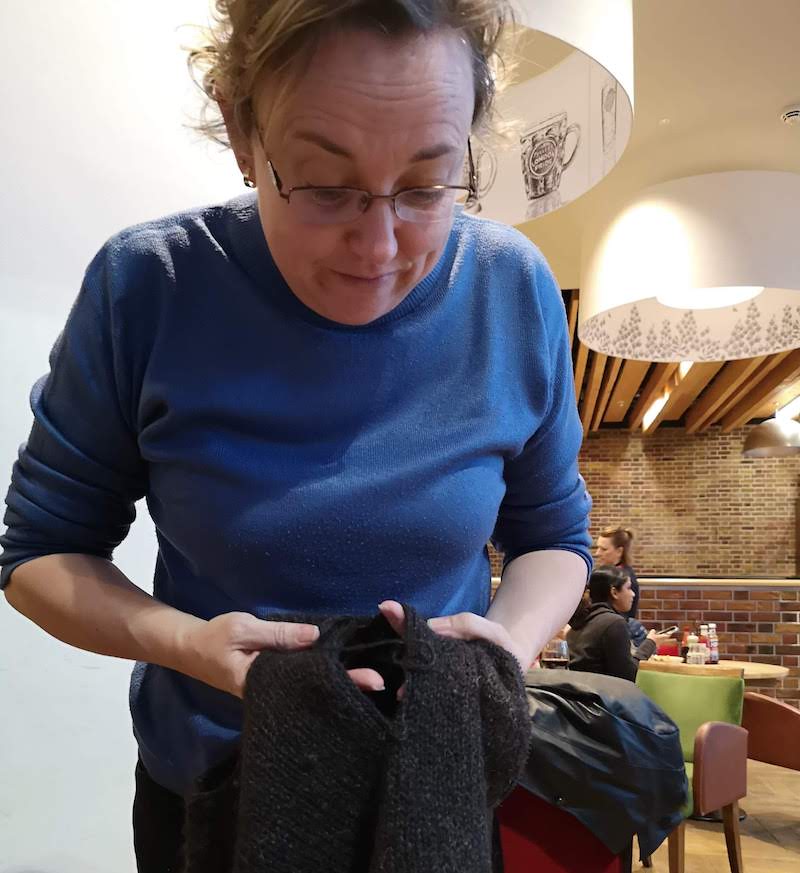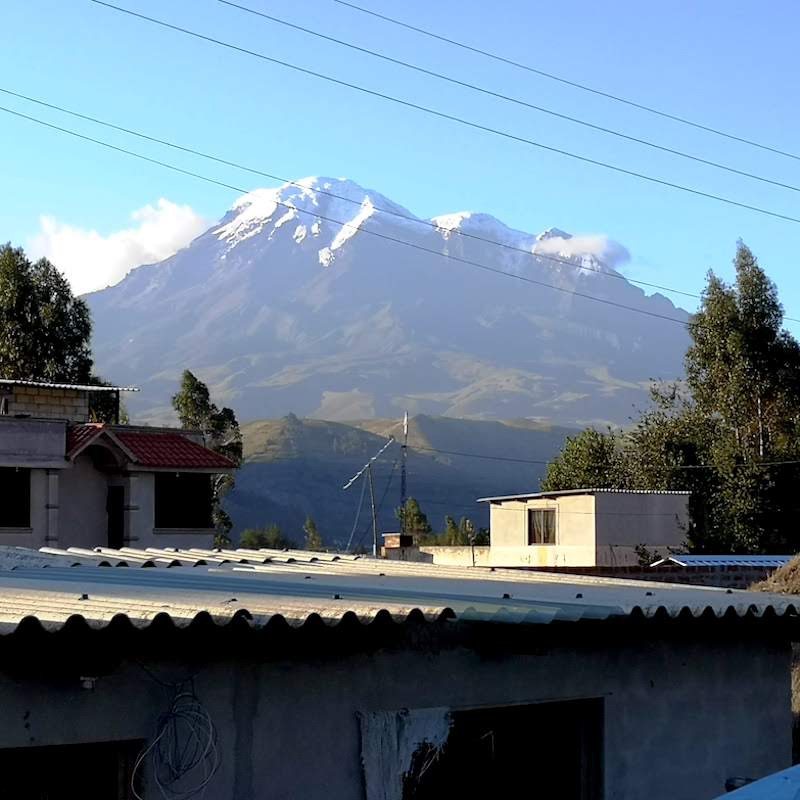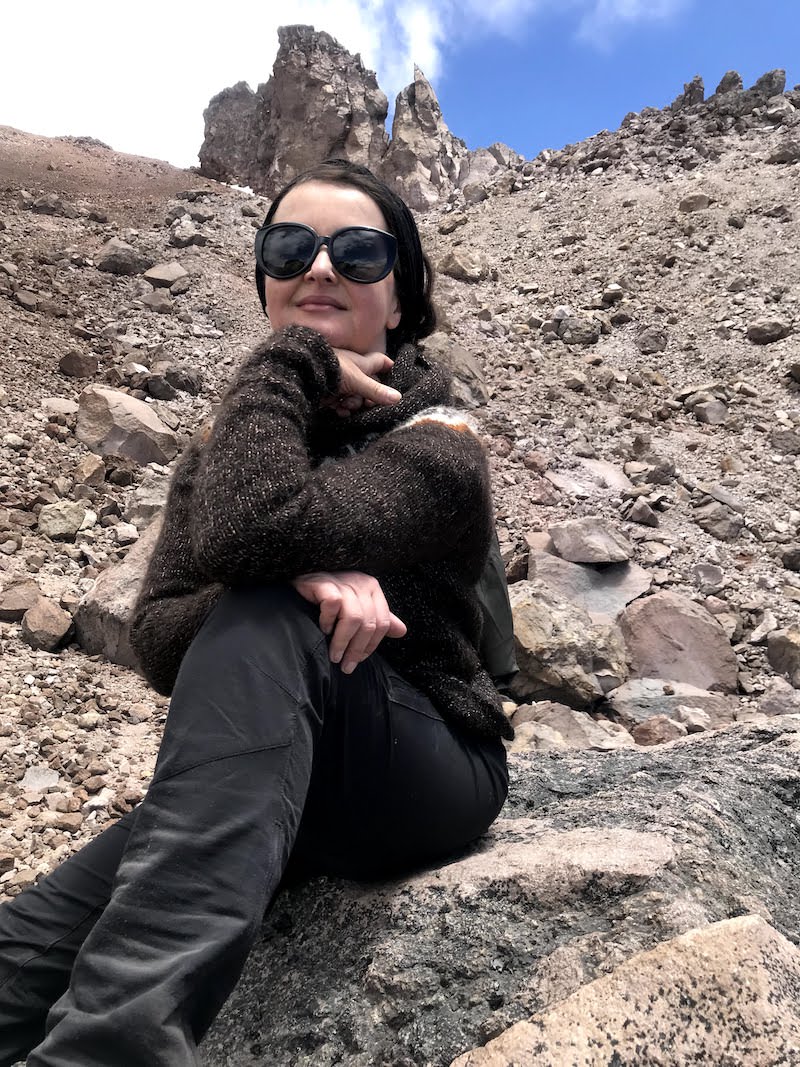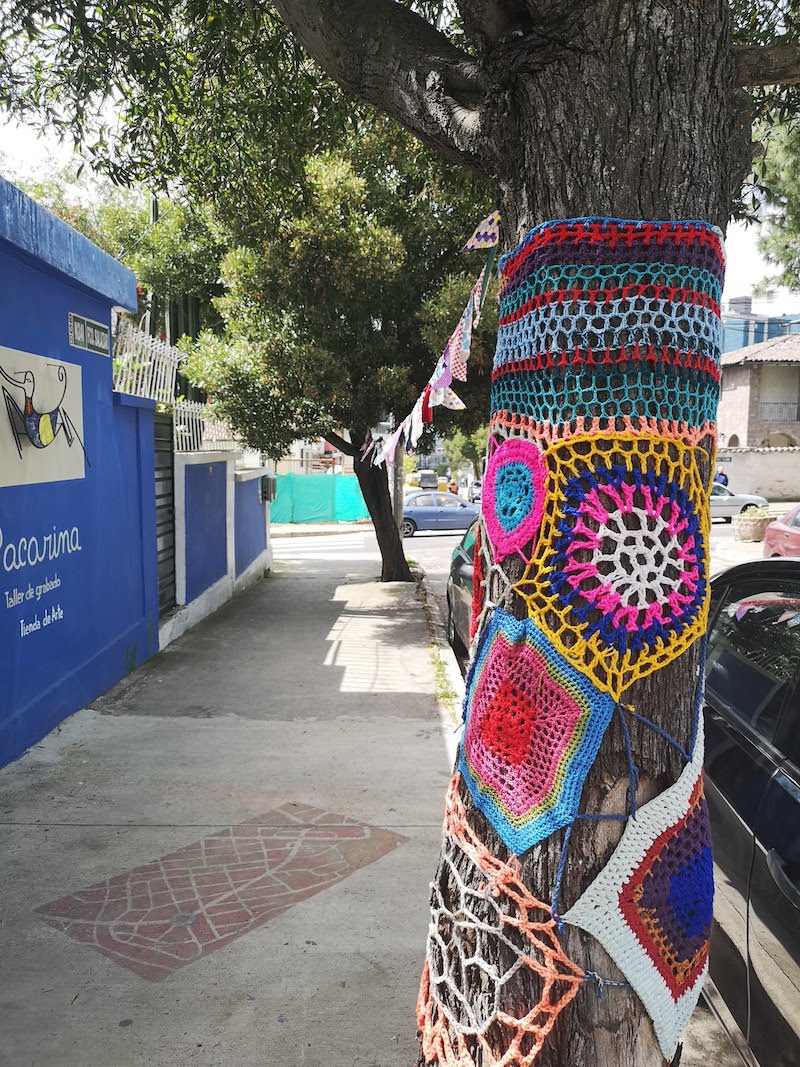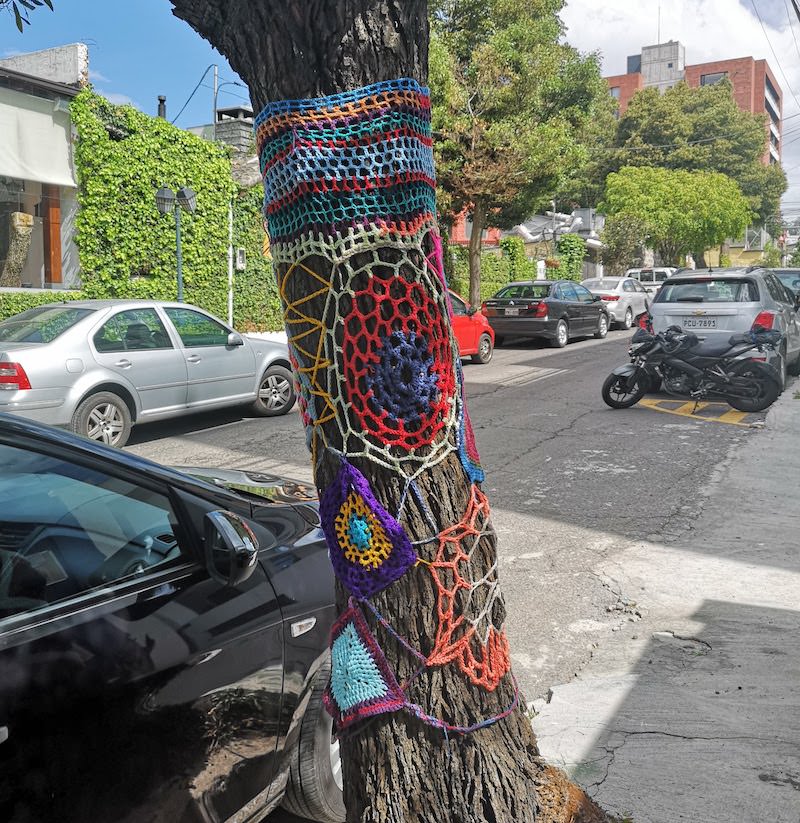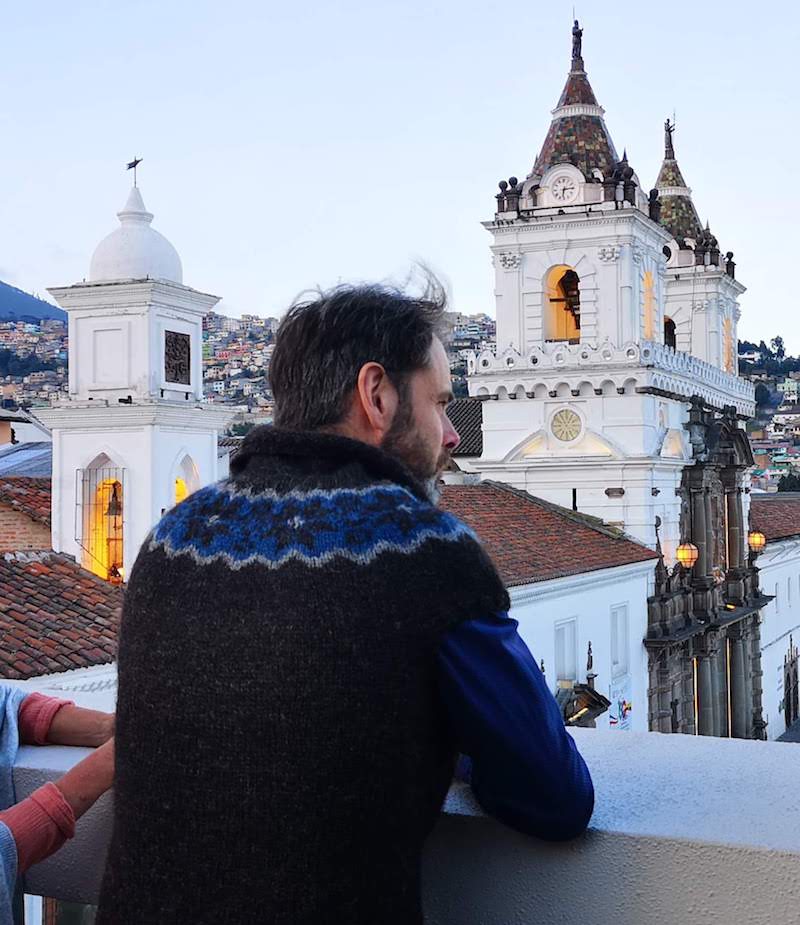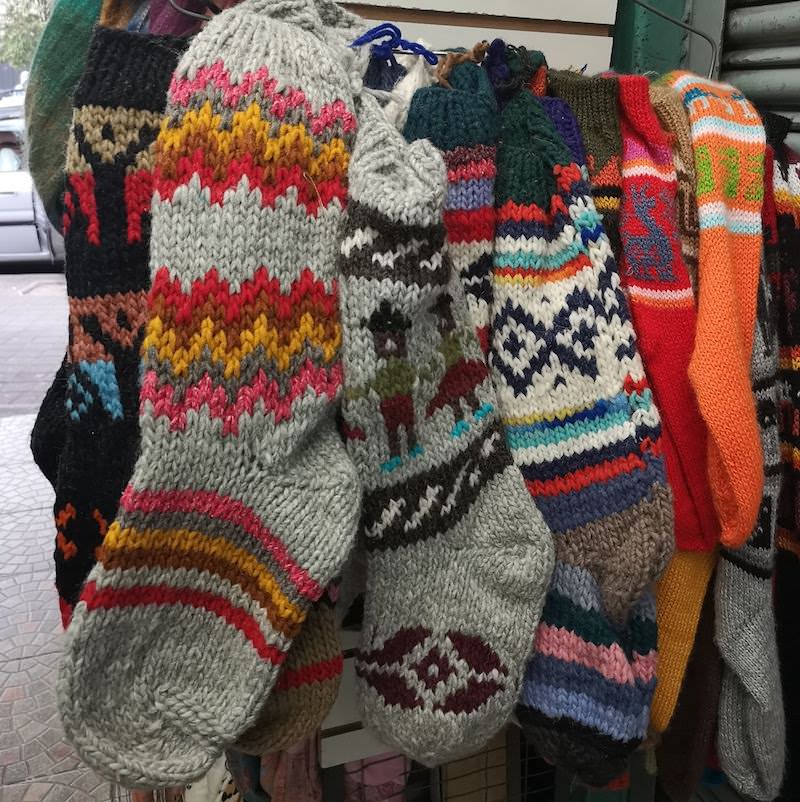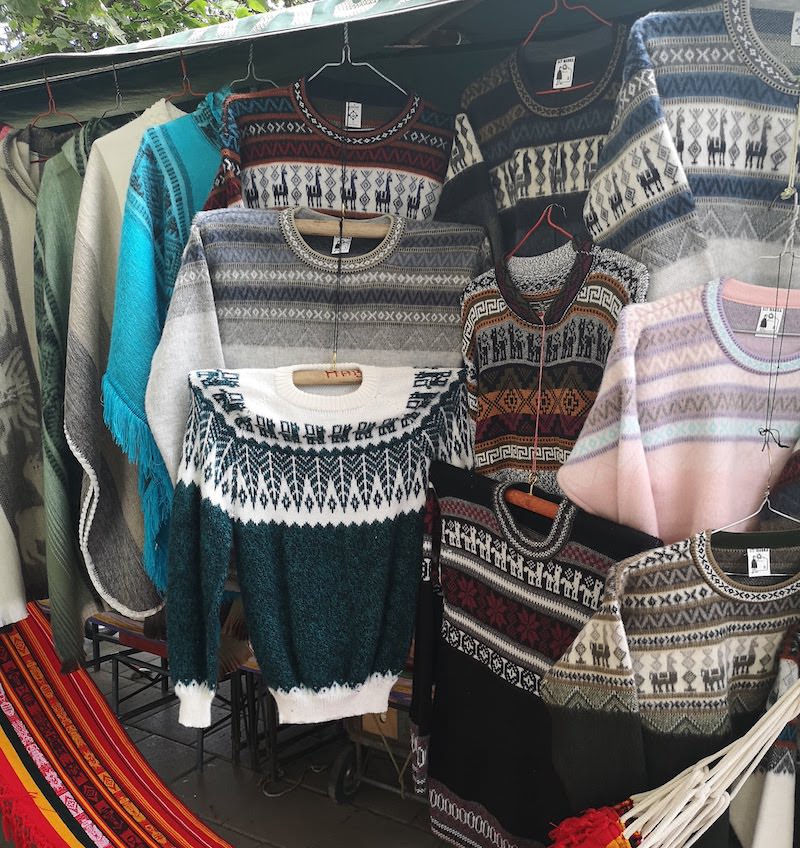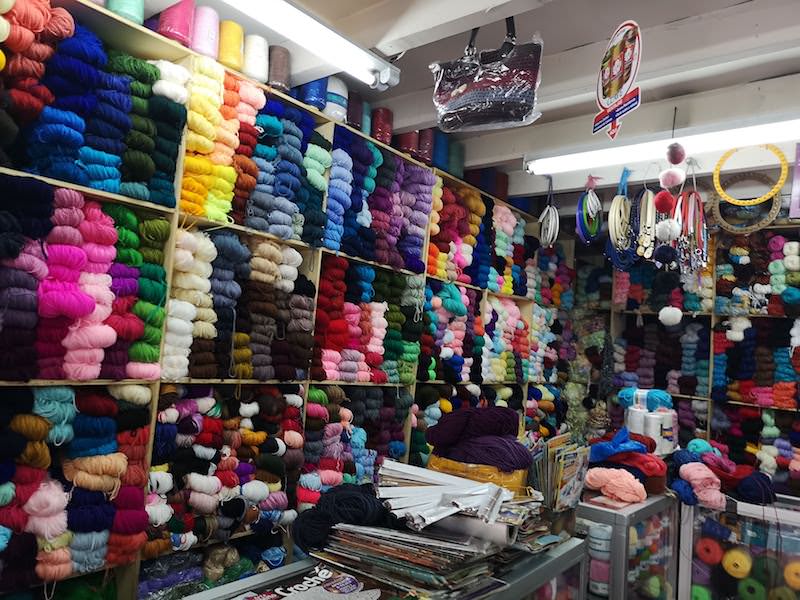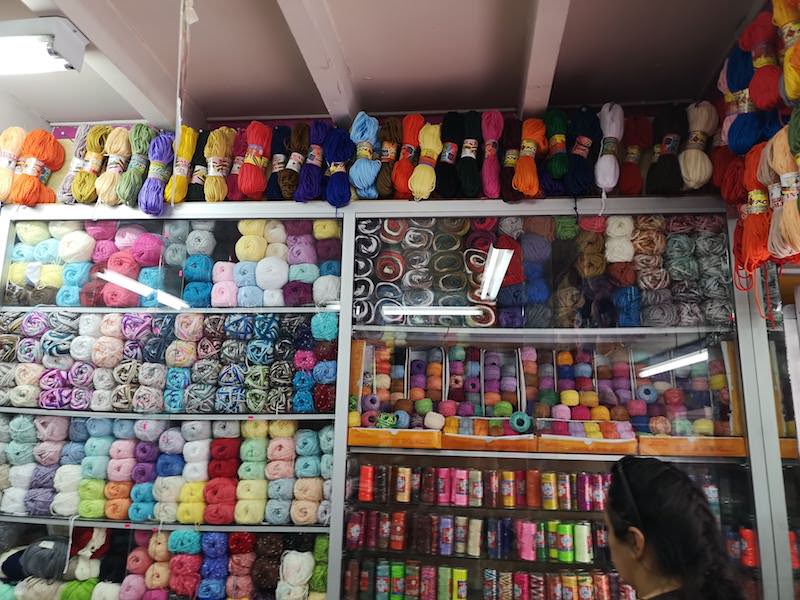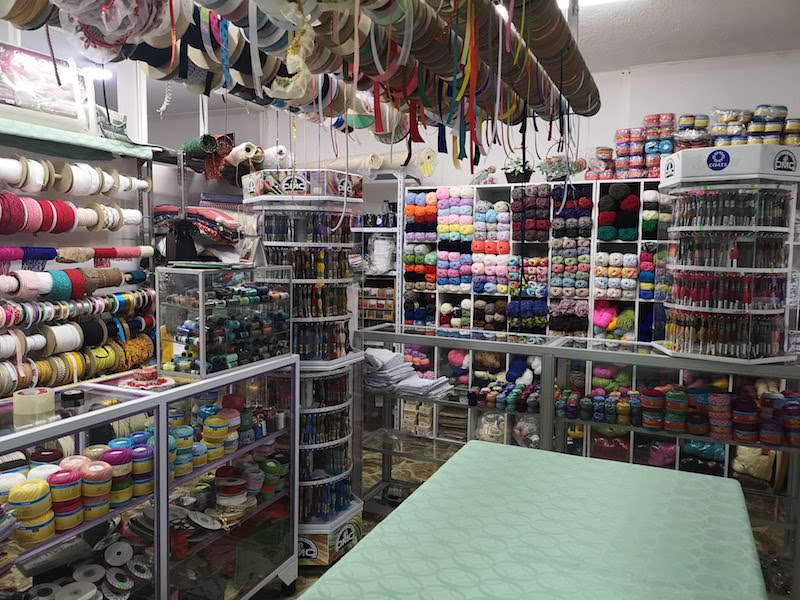Inspiration, Travel
Travel: Ecuador (part 1)
If you follow me on instagram or facebook, you will probably know that I recently took an unexpected, but very welcome, vacation this winter, getting full of light and sun on the other side of the globe, in Ecuador. Let me share with you some bits of my trip, the knit/wool related of course!
First, on my way to Ecuador, while I transited in the UK, I finally finished my sleeveless, hoodless Útivist sweater and steeked the pockets.
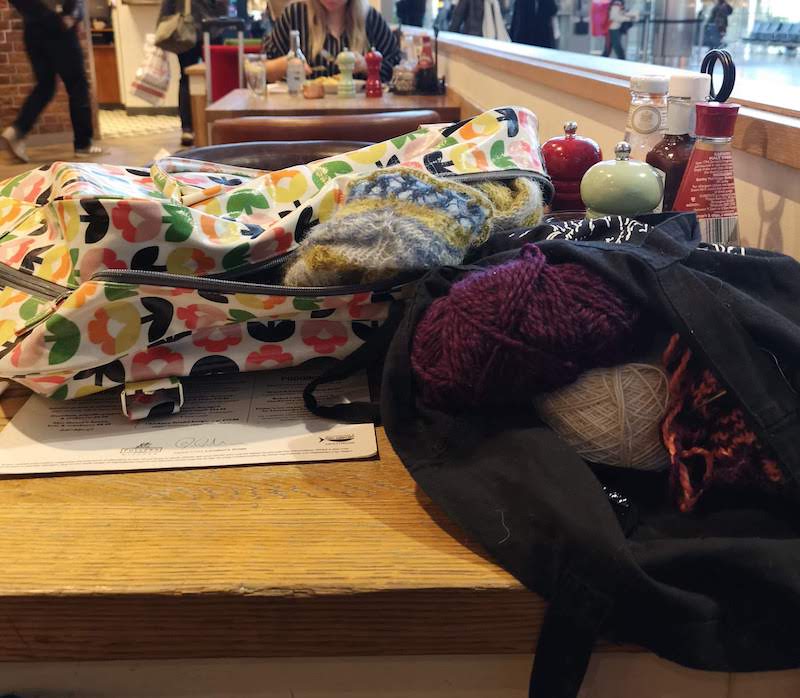
At the table behind, a knitter followed the whole affair with great interest and I gave her an improvised steeking lesson! If you want one too, you can have a look at this tutorial I made.
But why would I take two lopi sweaters to Ecuador you may wonder? Part of the country encompasses the Andean highlands, and while the sun is quite hot, when night comes, the temperature can drop very much down at those altitudes.
The Útivist vest was put at good use in the villages in the mountains while the sweater was indispensable when hiking Chimboranzo.
When measured from the center of the earth the beautiful Chimboranzo volcanoe is the highest mountain in the world, higher than Everest!
Standing at 5500 m (19044 ft), the highest I’ve ever been!
When in Quito, Ecuador’s capital, which sits at an altitude of 2850m (9350 ft), the days were quite sunny and warm and only trees were wearing extra layers.
But most evenings and nights sweaters and shawls were quite necessary! Icelandic wool seemed just perfect: lopi has a lot of air trapped making it very light and insulating, would it be from the cold or the heat, in other words, warm but never too warm!
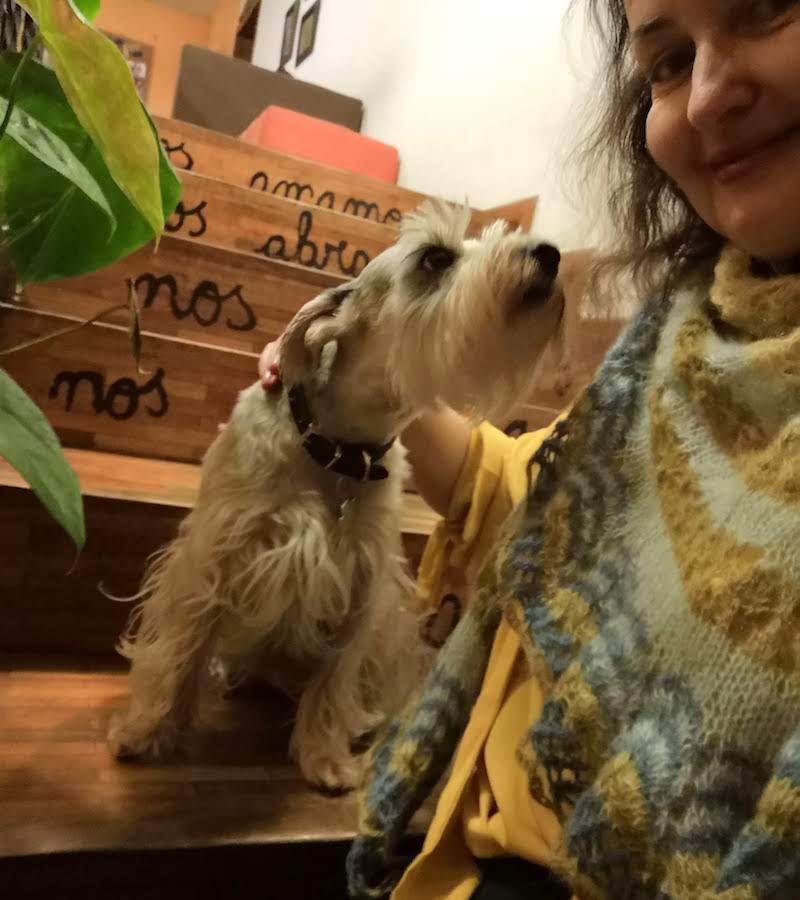
I found however that, beside a few exceptions, most of the sweaters and woollens available on the markets were made from imported wool blends and for a vast majority from synthetic fibers, when I really really wanted to get my hands on some local alpaca!
The two yarn shops I visited in Quito were representative of that trend as well: there were packed full with beautiful, bright color yarns but very little wool and the only alpaca yarn I found was a commercial brand from Peru. From the label, I’m not even sure it was pure alpaca: it only said 100% wool and “with alpaca”.
But as you may have noticed if you met me, I can be quite determined (not to say stubborn…) and I was not ready to give up on finding some local artisanal yarns. To find out if I succeed, see the part 2 of my trip on Wednesday!
Links
- Útivist sweater pattern PDF: note that instructions for a sleeveless, hoodless sweater have always been included in the pattern!
- Útivist sweater KIT
- Icelandic Spring shawl pattern PDF
- Icelandic Spring shawl KIT
- Crochet steek pocket tutorial
- Ecuador part 1
- Ecuador part 2
- Ecuador part 3

